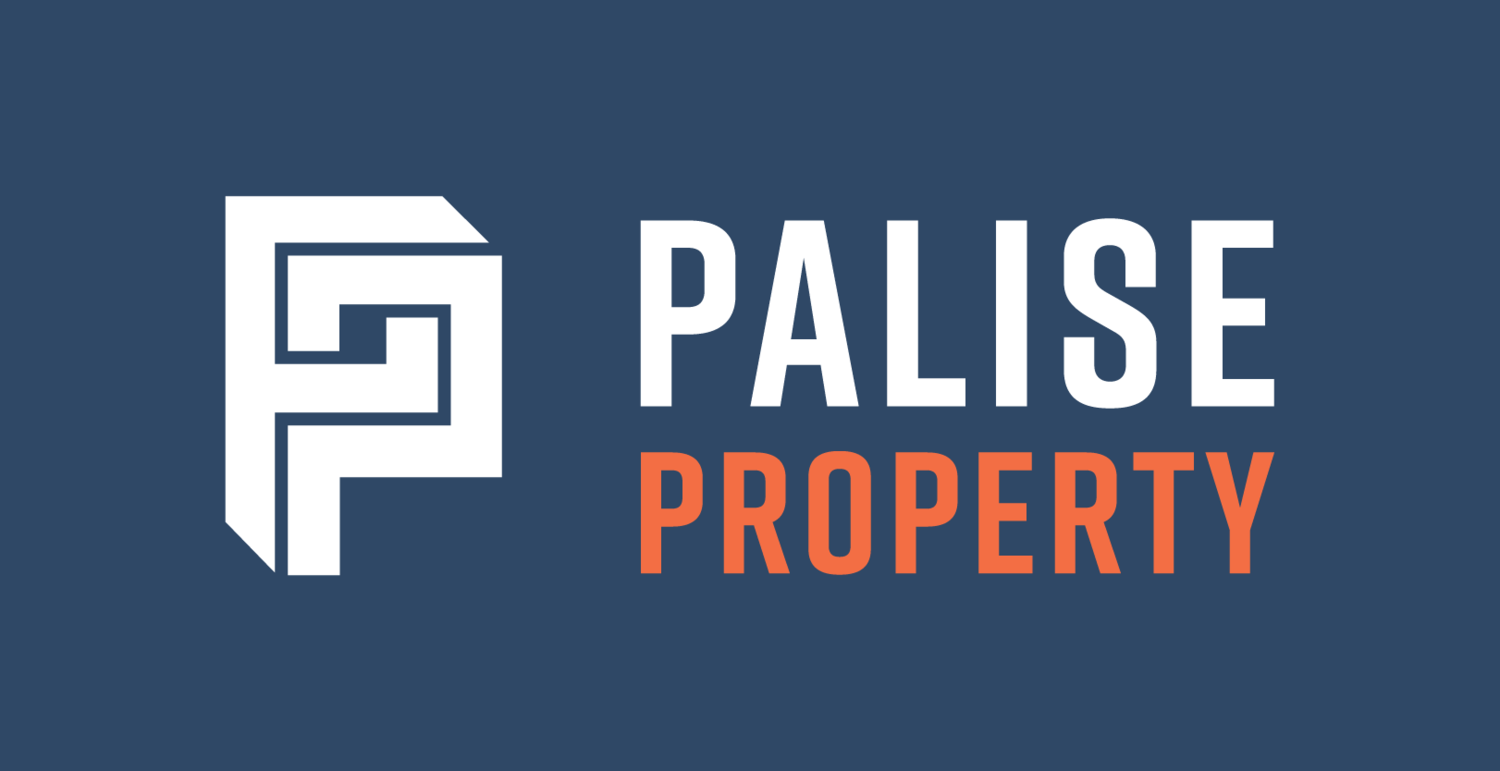Getting Started in Residential Property Investment: The Ultimate Guide to Rental Yields
When you’re looking at an investment property, yields are one of the key metrics that you need to understand. A yield is simply the annual rental income from a property as a percentage of its purchase price. For example, if you buy a property for $200,000 and it generates $20,000 in rent each year, then its yield is 10%.
Of course, yields can vary considerably depending on the property market and the type of property. In hot markets like Sydney and Melbourne, for example, properties with lower yields are more common because prices are higher. However, in slower markets or for properties with higher risk factors (such as apartments in new developments), higher yields may be on offer.
By understanding yields, you’ll be able to compare investment properties more effectively and make more informed decisions about where to invest your money
How are Rental Yields Calculated?
Rental yields are a key metric for any property investor. They provide a way to compare different properties and assess their potential for return on investment. There are two main ways to calculate rental yield: using gross income and net income.
The gross yield is calculated by simply assessing the total yearly income collected from the property. It includes rent and any other extras such as payment for electricity, water, rates, property management and other outgoings, if the tenant is paying these.
Net yield, on the other hand, is a more accurate measure of return since it takes into account other costs associated with owning and operating a rental property. These costs can include insurance, taxes, maintenance, and, among other things, council rates. So, essentially, it’s the amount the owner receives after all expenses have been paid.
What is Considered to be a Good Rental Yield?
When it comes to rental properties, yield is everything. A yield is defined as the income return on an investment, and for rental properties, it is calculated by dividing the annual rent by the purchase price of the property.
In metropolitan areas, a good rental yield is generally considered to be anywhere from 3% to 5%. Anything below 3% is generally considered to be a luxurious high-end property. In regional areas, yields are usually higher than 5%.
The general commentary around rental yields is that lower-yielding properties are typically better for capital growth as they are in ‘blue-chip’ inner-to middle-ring capital city suburbs, whereas high-yield properties will have less capital growth but a higher cash flow.
But, the answer isn’t always black and white.
There are other factors — for example, higher yielding properties can have a higher chance of vacancy, or underlying vulnerabilities such as being in a flood-risk area. You also need to consider that yield performance is always going to depend on the type of property, its location, as well as its demand.
So, choosing the right property in the right location at the right time is the true art of investing.
How Can You Improve Your Rental Yield?
If you're looking to improve your rental yield, one of the first things you should do is research the vacancy rates in your area. A vacancy rate of 3% is considered healthy, and this provides a strong indicator of what demand there will be for an investment property.
If you're looking to purchase a property in an area with high vacancy rates, you may have difficulty finding tenants. However, if you're able to find a property in an area with low vacancy rates, you'll likely have no problem finding tenants and achieving a high rental yield.
Another tip for improving your rental yield is to enhance the attractiveness of your property to potential tenants. You can do this by:
Increasing the kerb appeal
Investing in high-quality photography to market your property
Property staging
Adding off-street parking
Increasing storage
Creating an outdoor entertainment area
Landscaping
Allowing pets on the property
Updating appliances
Key Takeaways
For anyone considering an investment in rental property, understanding rental yields is essential. This metric can give you a good indication of the potential return on your investment. However, it's important to remember that rental yield is not the only factor that defines investment success.
The location of the property, the quality of the tenants, and the overall state of the housing market are all important factors to consider. Ultimately, anyone looking to invest in rental property should do their research and consult with a professional before making any decisions.
With careful planning and a bit of luck, an investment in rental property can lead to financial success.
If you would like to know more about the ins and outs of residential property investing, make sure to check out my book, Residential Property Investing Explained Simply, where I use my analytical insight and investor wisdom to provide a comprehensive breakdown of the residential property investing process.
Alternatively, if you would like to know how I’ve successfully helped my clients execute 1,000 residential property acquisitions, get in touch today.
